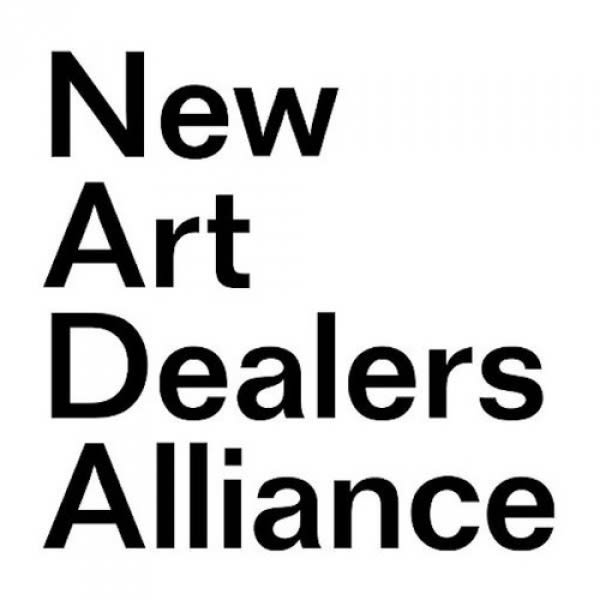"The immersive sensory complexity of the landscape, forests especially, has always moved me beyond words, and this is one reason that I have tried to represent it in my work. Botanical forms and nature very broadly defined have provided me with endless examples of aesthetic beauty and models for thinking about art forms. The variegation of trees and plants, patterns and textures, the movement of light and wind, sounds and smells… there is so much to take in. In addition to all the sensory stuff, I have a strong heart connection to wild places.
I notice nature wherever I am and at all different scales, even just scraggly weeds that pop through cracks in concrete. I spend a good amount of time in beautiful natural places each year, in the summer, and I feel like I store it up in my nervous system for the winter. With past projects, I used specific materials for conceptual purposes, often with materials coming directly from the landscape or landfill. I experiment a lot with different techniques. Some experiments yield interesting results and others don't. Sometimes I will use a piece of the landscape directly, as a tool to make a mark, like a branch as a brush or a rock as a stencil. This allows me to embed the landscape into the form of a work." - Scott Wolniak
Scott Wolniak’s multi-disciplinary practice encompasses painting, drawing, video, and sculpture; in all media, the Chicago-based artist is concerned with building relationships and spaces that he has described as “contemplative and funny.” Wolniak strives to create pictorial spaces that ask for and reward slow modes of looking.
“The accumulation of small marks, chance operations and textural fragments creates optical energy, and embodies an off-kilter sort of life-force that I think of as my style,” Wolniak recently noted. “Disparate sources such as natural phenomena, urban decay, new-age symbolism and studio-craft merge to illuminate everyday life within a cosmic context.”
In the series of paintings and cut paper works included in Wolniak’s exhibition Alight, invented botanical forms are the starting point for artistic improvisation. Plants and grass imagery continue to provide Wolniak with “a flexible structural motif” that function both as symbols of the natural world as well as allegories for human behavior. His work in drawing, painting, sculpture and video utilizes labor-intensive techniques and humble materials, along with humor and optical effects, to explore the ever-evolving relationship between landscape and abstraction, outer space and inner space.

